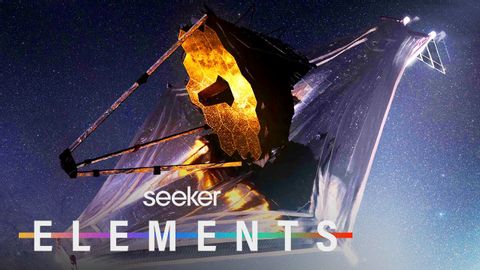詹姆斯-韋伯將如何為我們提供迄今為止最好的宇宙觀 (How James Webb Will Give Us Our Best View Yet Of the Universe)
Summer 發佈於 2021 年 11 月 08 日  沒有此條件下的單字
沒有此條件下的單字US /ɪˈsɛnʃəl/
・
UK /ɪ'senʃl/
- n. (c./u.)範本;典範;圖案;花樣;模式;方式;規律;紙樣
- v.t.仿造;用圖案裝飾
US /ˈkraɪsɪs/
・
UK /'kraɪsɪs/
US /ˈævərɪdʒ, ˈævrɪdʒ/
・
UK /'ævərɪdʒ/
- n. (c./u.)平均
- v.t.算出...的平均數
- adj.平均的;一般的,通常的;中等的
